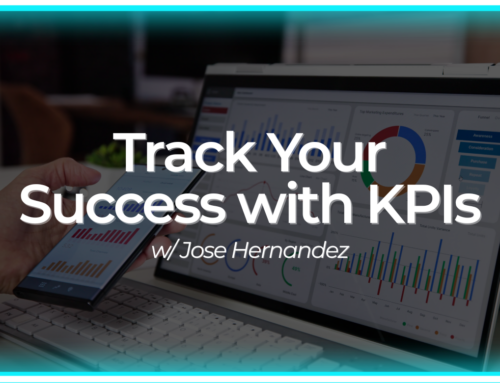Educational Video
Hi everyone, I’m Bette Hochberger, CPA, CGMA. As the year comes to a close, it’s essential to review your financial situation and ensure that you’re prepared for tax season. One of the most effective ways to avoid surprises come April is by checking your withholding and making estimated tax payments. Here’s a simple guide to help you navigate these important aspects of your tax strategy.
Why Check Your Withholding?
Withholding refers to the amount of tax that is taken out of your paycheck by your employer. It’s important to make sure that enough tax is being withheld to cover your tax liability. If too little is withheld, you might face underpayment penalties when you file your tax return.
How to Check Your Withholding
1. Review Your Pay Stubs: Take a look at your most recent pay stubs to see how much tax has been withheld year-to-date.
2. Use the IRS Withholding Calculator: The IRS offers a helpful online tool to determine if your current withholding is adequate based on your income, deductions, and credits.
3. Adjust as Necessary: If you find that you need to increase your withholding, submit a new Form W-4 to your employer.
The Importance of Estimated Tax Payments
For those who are self-employed or have income not subject to withholding (like dividends or rental income), making estimated tax payments is crucial. These payments help you stay on track with your tax obligations and avoid penalties.
Making Estimated Payments
1. Calculate Your Estimated Tax: Use your prior year’s tax return as a reference to estimate your current year’s tax liability.
2. Divide the Total by Four: Spread your estimated tax liability across four payments, typically due in April, June, September, and January of the following year.
3. Make Payments on Time: Ensure you make these payments by the due dates to avoid penalties.
By checking your withholding and making estimated tax payments, you can take control of your tax situation and minimize the risk of underpayment penalties. This proactive approach not only helps you stay organized but also ensures a smoother tax filing experience when April arrives. Stay informed, and make the most of your end-of-year tax strategies!
Feel free to schedule a meeting with us if you need any assistance. I’ll see you next time!








